Finding a trustworthy mechanic is crucial for maintaining your vehicle. Unfortunately, not all mechanics are honest. Here are 18 signs your mechanic might be lying to you.
1. Unnecessary Repairs

Image Credit: Shutterstock / NikolaVukovic
If your mechanic insists on repairs that seem unrelated to the issue you brought your car in for, be wary. For example, bringing your car in for an oil change should not result in a list of unrelated repairs.
2. No Written Estimate

Image Credit: Shutterstock / Gumbariya
A reputable mechanic will always provide a written estimate before starting work. If your mechanic refuses or makes excuses, they might be trying to charge you more later.
3. High-Pressure Sales Tactics

Image Credit: Shutterstock / Drazen Zigic
Beware of mechanics who use high-pressure sales tactics to convince you to agree to repairs immediately. This is often a sign they are trying to take advantage of you.
4. Replacing Parts Without Permission
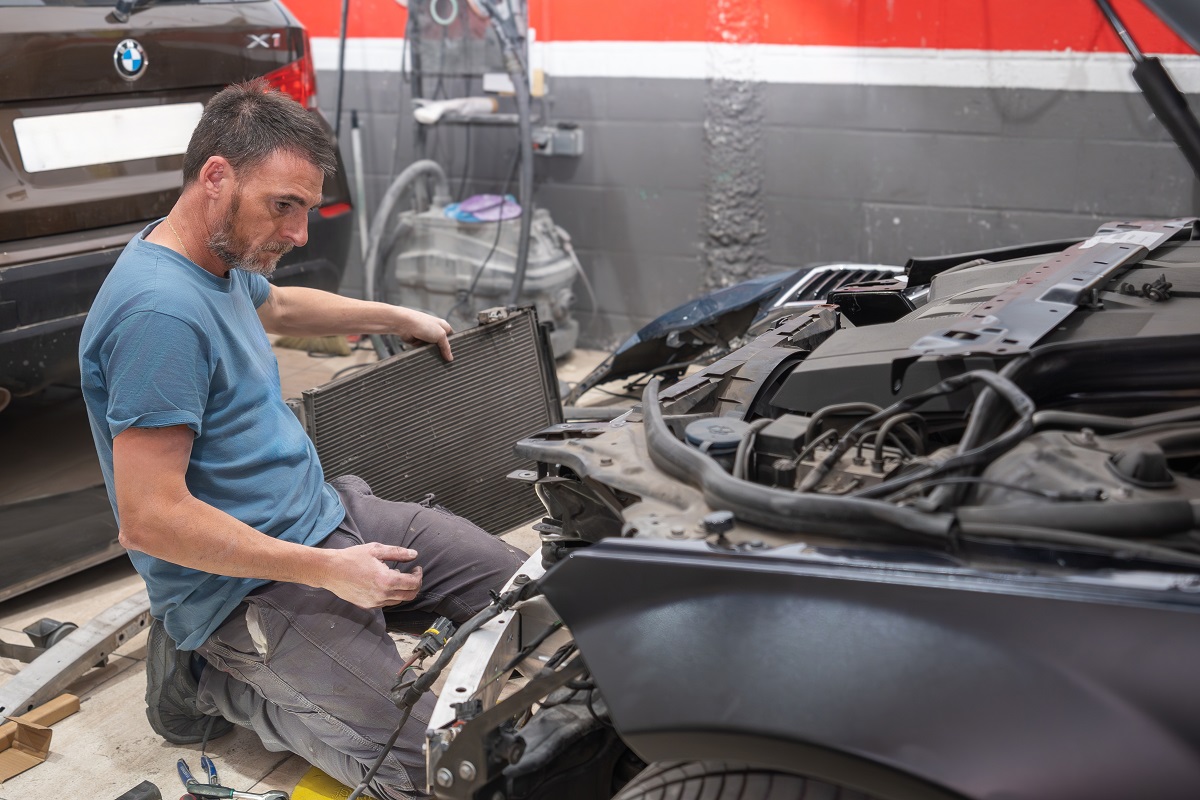
Featured Image Credit: Shutterstock / Alejandro M. Ferrer
If your mechanic replaces parts without your explicit permission, this is a red flag. Always insist on approving all repairs and parts replacements beforehand.
5. Inconsistent Diagnoses

Image Credit: Shutterstock / KOTL
If you get different diagnoses for the same issue from different mechanics, at least one of them is probably lying. Always seek a second opinion if you’re unsure.
6. Scare Tactics

Image Credit: Shutterstock / chomplearn
Mechanics who use scare tactics, like telling you your car is unsafe to drive without immediate repairs, may be lying to get you to agree to unnecessary work.
7. Refusal to Show Old Parts
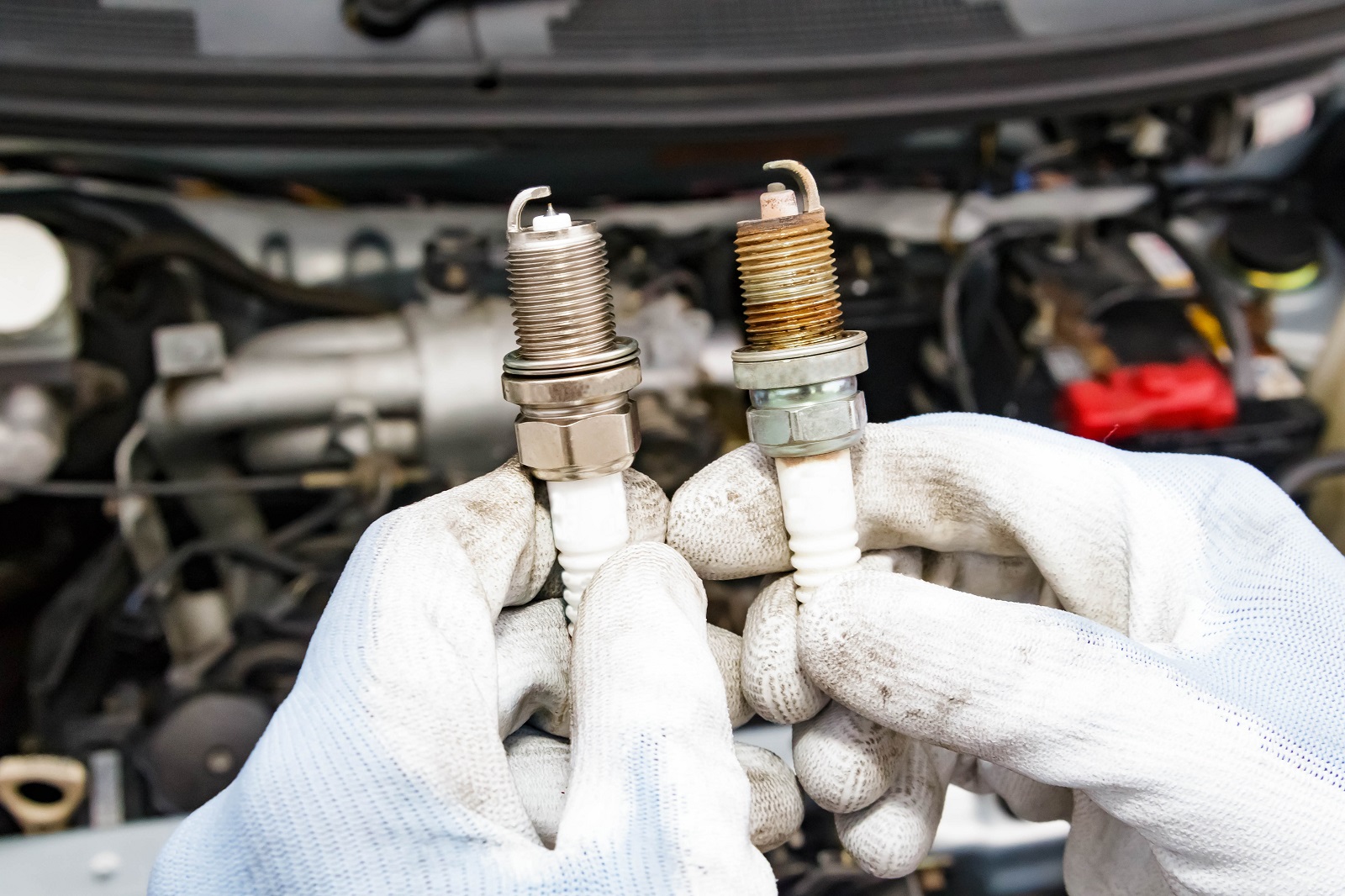
Image Credit: Shutterstock / stella_photo
A trustworthy mechanic will have no problem showing you the old parts they’ve replaced. If they refuse, they might not have actually replaced them.
8. Unexplained Charges

Image Credit: Shutterstock / Artit Wongpradu
Review your bill carefully. If there are unexplained or vague charges, ask for a detailed breakdown. Dishonest mechanics might add fake charges to inflate the bill.
9. Frequent Return Visits

Image Credit: Shutterstock / TZIDO SUN
If you find yourself returning to the mechanic for the same issue repeatedly, they may not be fixing the problem correctly to ensure you keep coming back.
10. Lack of Certification
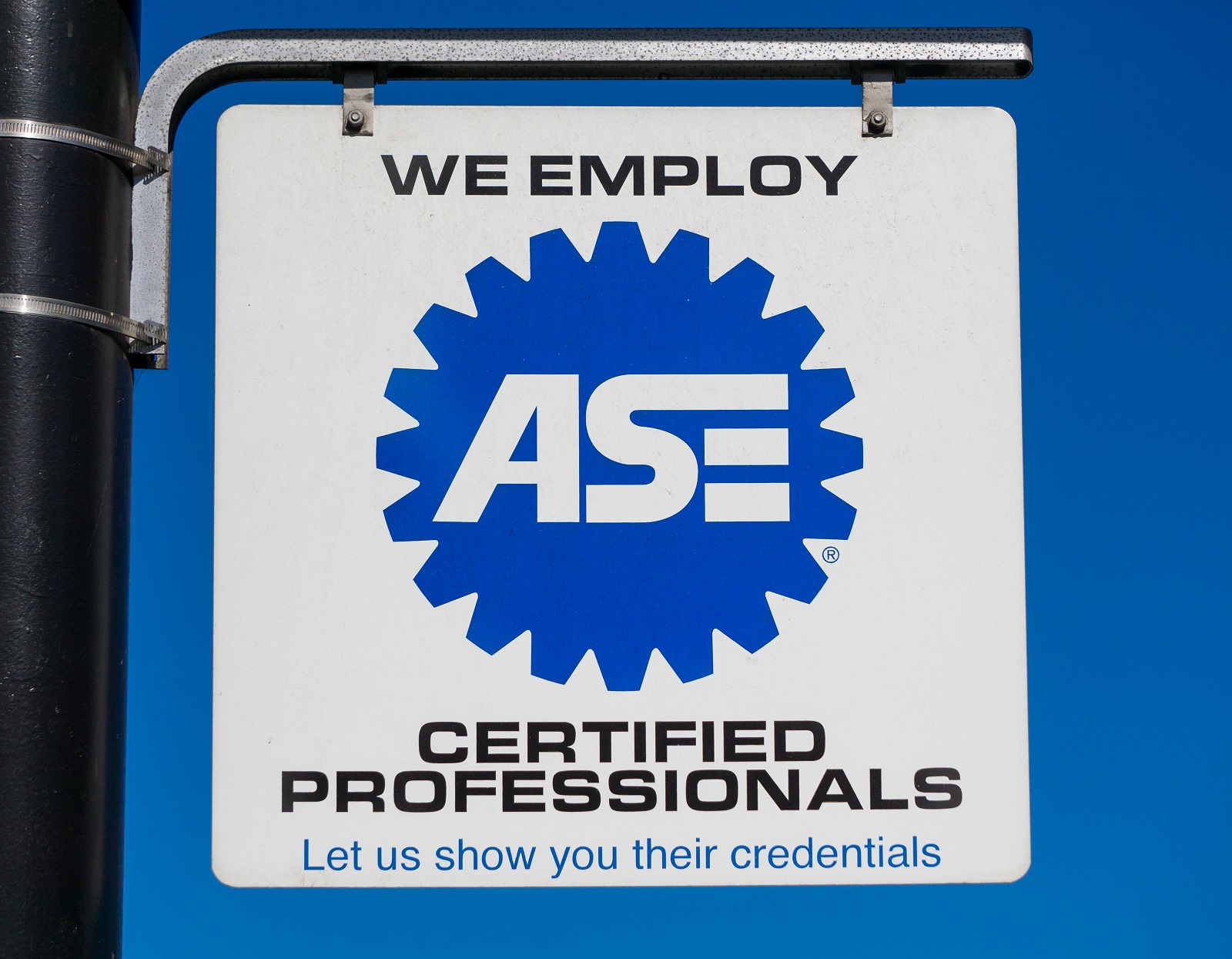
Image Credit: Shutterstock / Ken Wolter
Ensure your mechanic is certified by organizations like the National Institute for Automotive Service Excellence (ASE). Lack of certification can be a sign of inexperience or dishonesty.
11. Generic Parts Instead of OEM
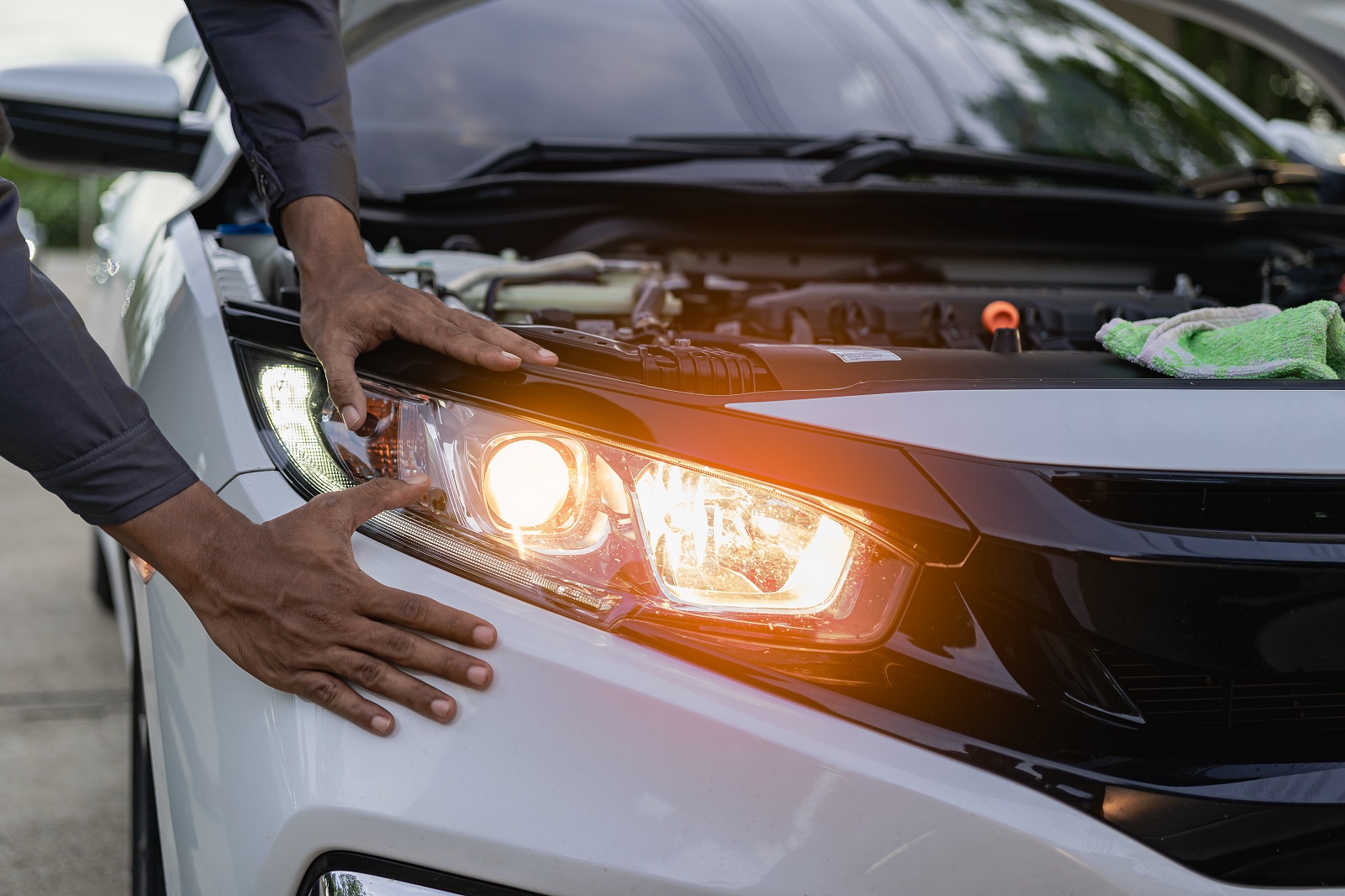
Image Credit: Shutterstock / SaiArLawKa2
If your mechanic uses generic parts instead of Original Equipment Manufacturer (OEM) parts without informing you, they might be cutting corners to increase profit.
12. The Diagnostic Fee is Waived Too Easily

Image Credit: Shutterstock / Ground Picture
While it’s common for shops to waive diagnostic fees if you agree to repairs, be cautious if they do it too readily. It might be a ploy to get you to agree to unnecessary repairs.
13. The Mechanic Won’t Return Old Parts
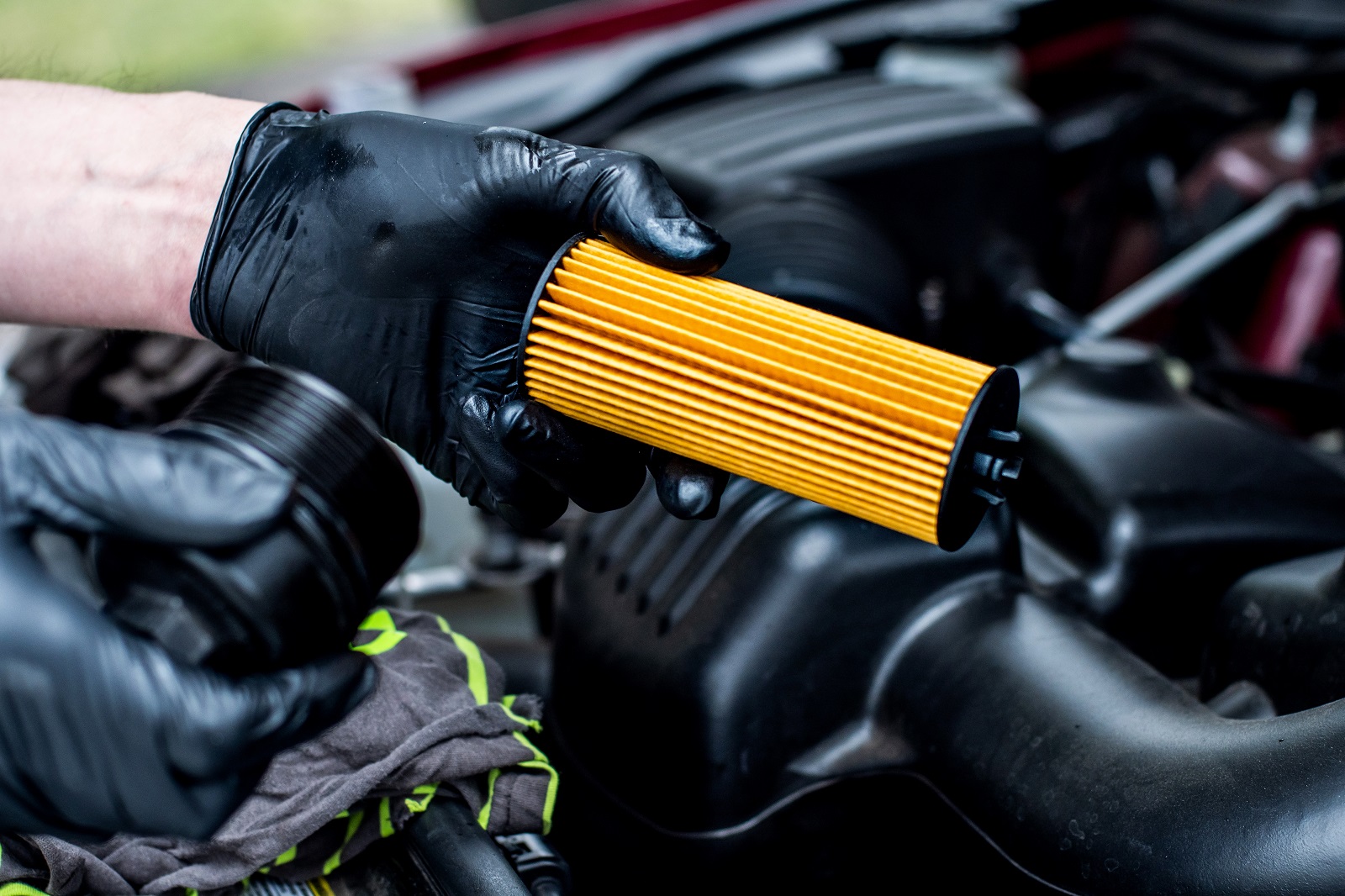
Image Credit: Shutterstock / Daria Nipot
Always ask to see the old parts that were replaced. If the mechanic refuses, it might indicate they didn’t actually replace them or the parts weren’t worn out.
14. Ambiguous or Technical Jargon

Image Credit: Shutterstock / thanmano
If your mechanic uses overly technical jargon to explain repairs without simplifying or explaining clearly, they might be trying to confuse you into agreeing to unnecessary work.
15. Overly Frequent Maintenance Recommendations

Image Credit: Shutterstock / Pongchart B
If your mechanic recommends maintenance more frequently than your vehicle manufacturer suggests, they may be trying to make extra money off unnecessary services.
16. No Online Presence or Reviews

Image Credit: Shutterstock / Rawpixel.com
A reputable mechanic will usually have a presence online with reviews. If you can’t find any information about them, it might be best to look elsewhere.
17. Unusual Payment Requests

Image Credit: Shutterstock / Roman Seliutin
Be cautious if a mechanic requests unusual forms of payment, like large upfront payments or cash only. This can be a sign of dishonesty.
18. Work Done Without Authorization

Image Credit: Shutterstock / M Stocker
A mechanic should never perform additional work without your explicit authorization. If they do, they might be trying to inflate your bill with unnecessary repairs.
Find One You Trust

Image Credit: Shutterstock / Mangkorn Danggura
Knowing these signs can help you avoid dishonest mechanics and ensure you receive fair and honest service. Always seek a second opinion if something feels off and never hesitate to ask questions about the repairs being performed on your vehicle.
Police Magnet: 7 Cars That Guarantee You’ll Get Pulled Over
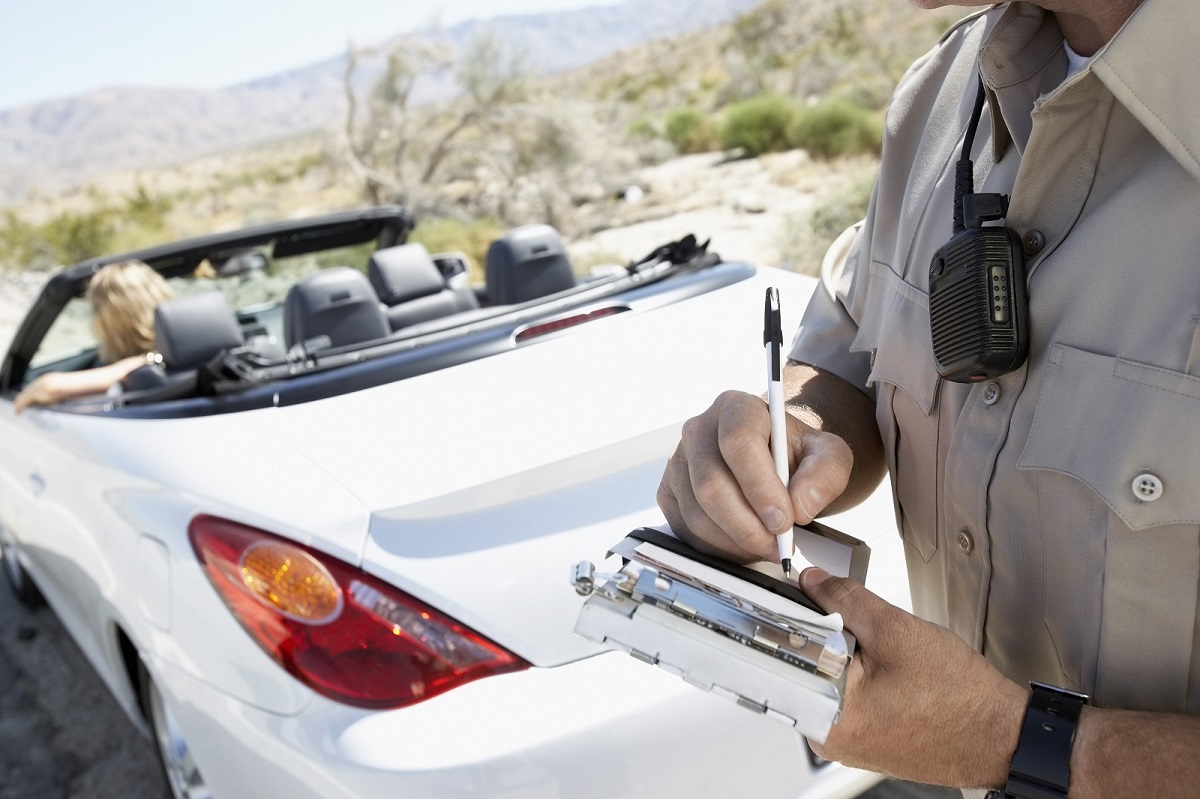
Image Credit: Shutterstock / sirtravelalot
Driving certain cars can make you more noticeable to law enforcement, even if you’re abiding by all the rules. Are you driving one of these “police magnets”? Here are seven cars that seem to attract more police attention than others. Police Magnet: 7 Cars That Guarantee You’ll Get Pulled Over
The Classic Cars That Were Total Clunkers
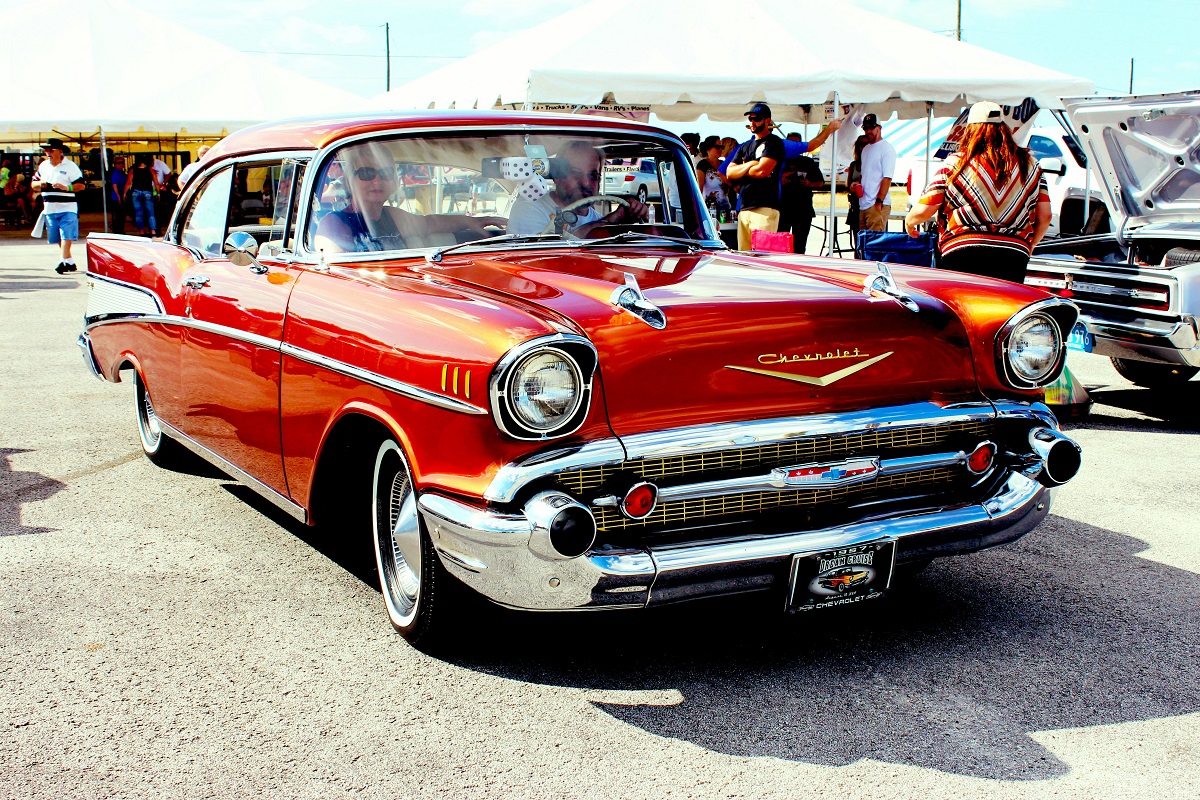
Image Credit: Pexels / Pixabay
Nostalgia has a funny way of making the past seem better than it was, especially when it comes to cars. But here’s the hard truth: some of those “classic” cars your dad raves about were real clunkers. Here’s a closer look at why some of those so-called “classics” weren’t all they were cracked up to be. The Classic Cars That Were Total Clunkers
The Worst U.S. Cars Ever Made: A Retro List

Image Credit: Pexels / Be The Observer
The U.S. auto industry has produced some incredible vehicles, but not every model was a hit. Here’s a look back at 16 of the worst cars ever made in the U.S., each infamous for its own unique flaws. The Worst U.S. Cars Ever Made: A Retro List
Featured Image Credit: Shutterstock / Ekkasit A Siam.
For transparency, this content was partly developed with AI assistance and carefully curated by an experienced editor to be informative and ensure accuracy.
The images used are for illustrative purposes only and may not represent the actual people or places mentioned in the article.



